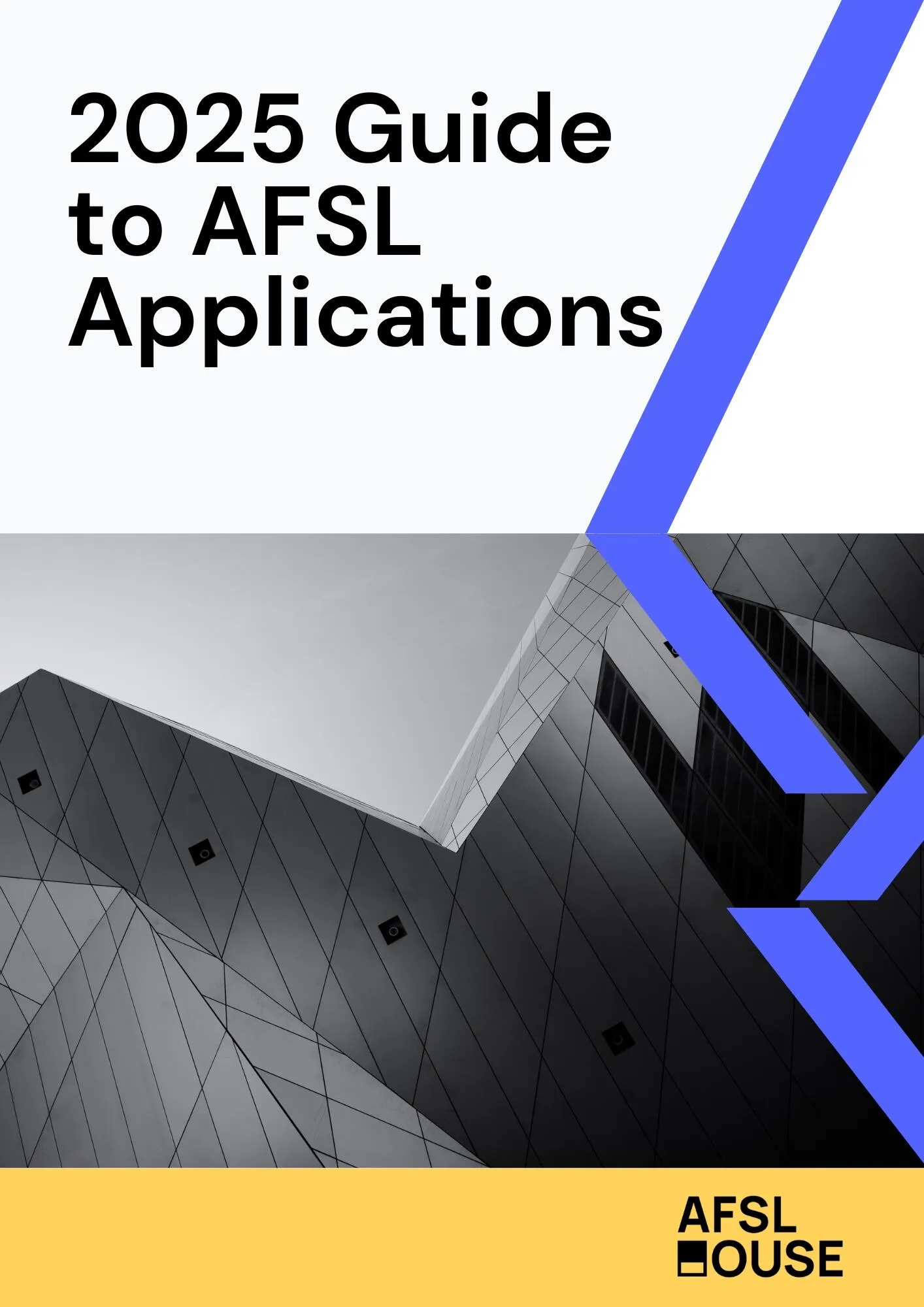Introduction
Meeting compliance obligations under the National Consumer Credit Protection Act 2009 (Cth) is a significant responsibility for any Australian Credit Licence (ACL) holder. The Australian Securities and Investments Commission (ASIC) has the discretionary power to grant relief, providing a crucial mechanism for a credit licensee facing challenges in adhering to specific regulatory requirements.
For any licensee, understanding how to explore the relief process is an essential part of effectively maintaining your Australian Credit Licence. This guide offers practical information on the types of relief available, including for the reportable situations regime, and outlines the formal process to lodge an application with ASIC.
Get Your Free Initial Consultation
Consult with one of our experienced ACL & AFSL Lawyers today.
Understanding Australian Securities & Investments Commission Relief for Australian Credit Licensees
ASIC can grant relief to businesses, including those holding an ACL. This relief comes in the form of:
| Type of Relief | Description |
|---|---|
| Exemption | From specific obligations under laws such as the National Consumer Credit Protection Act 2009 (Cth). |
| Declaration | Modifies or sets aside certain regulatory requirements. |
For credit licensees, this process provides a formal pathway to address compliance challenges.
ASIC’s power to grant relief is entirely discretionary. The regulator generally exercises this power when an applicant can demonstrate that the relief would:
- Offer a net regulatory benefit
- Reduce compliance burdens without causing harm to consumers or market participants
This approach ensures that any flexibility in the law serves a constructive purpose.
In some cases where a formal exemption is not suitable, ASIC may consider issuing a no-action letter. This written statement confirms that ASIC does not intend to take regulatory action over a particular instance of non-compliance that a credit licensee has brought to its attention. No-action letters are typically considered when other forms of relief are unavailable.
Speak with an ACL & AFSL Lawyer Today
Request a Consultation to Get Started.
The Process to Lodge a Relief Application
Using the Australian Securities and Investments Commission Regulatory Portal for Your Lodgment
To formally apply for relief, a credit licensee must lodge their application through the ASIC Regulatory Portal. This is the required method for submission and is designed to streamline the process for every ACL holder.
As part of the portal submission, you will also be required to pay the relevant application fees. Details about the accepted payment options are available within the portal itself.
Key Information to Include in Your Application
To avoid delays, it is crucial to include all required information in your application. For a credit licensee seeking relief, this ensures ASIC can properly assess the request. For more complex applications, providing an executive summary of the key issues is also beneficial.
Your application should clearly address the following points:
| Information Required | Description |
|---|---|
| The type of relief | Specify whether your application is for a standard, minor, technical, or novel form of relief. |
| The legal basis | Identify the specific provisions of the law from which you are seeking relief and the discretionary powers you want ASIC to exercise. |
| The regulatory problem | Provide a clear summary of the issue, including any relevant legal, commercial, or policy aspects. |
| Reasons for non-compliance | Explain why you or your organisation cannot comply with the current legal obligation and how your proposal varies from standard requirements. |
| Arguments for relief | Present a compelling case that includes a cost-benefit analysis of the proposed relief, along with legal and policy arguments. |
| Consultation details | Include information about any consultations with ASIC, other regulatory bodies, or any third parties who may be affected. |
| Supporting documents | Attach any relevant documents, ensuring you include a summary of their contents if they are lengthy. |
Get Your Free Initial Consultation
Consult with one of our experienced ACL & AFSL Lawyers today.
Relief Available Under the Reportable Situations Regime
Extended Relief for Breach Reporting Compliance
In September 2024, ASIC extended existing relief from certain reporting requirements under the reportable situations regime. This extension provides clarity for any ACL or Australian Financial Services Licence (AFSL) holder, ensuring their obligations related to AFSL compliance and regulation are clear until October 2029.
The relief was continued through the ASIC Corporations and Credit (Breach Reporting–Reportable Situations) Instrument 2024/620. ASIC determined that the previous relief measures were operating effectively, forming a necessary part of the legislative framework for every licensee. This decision helps maintain stability in the reporting obligations for the financial services industry.
Proposed Additional Relief for Minor Breaches
ASIC has also proposed additional relief to further reduce the compliance burden on licensees under the reportable situations regime. Announced in February 2025, the proposal aims to exempt certain minor breaches from being reported, allowing licensees to focus on issues of higher regulatory importance. This applies to both ACL and AFSL holders, making it important to understand the key differences between an Australian Credit Licence (ACL) and an Australian Financial Services Licence (AFSL).
This proposed relief would apply if the breach meets several specific conditions. The key criteria for a licensee to be exempt from their reporting obligation include:
| Criterion | Requirement for Exemption |
|---|---|
| Timely Rectification | The breach must be fully rectified within 30 days of its occurrence, including making any necessary remediation payments. |
| Limited Consumer Impact | The number of consumers impacted by the breach must not be more than five. |
| Minor Financial Loss | The total financial loss or damage resulting from the breach cannot exceed $500, even if the amount has been remediated. |
| Exclusion of Specific Rules | The breach must not involve a contravention of client money reporting rules or clearing and settlement rules. |
Speak with an ACL & AFSL Lawyer Today
Request a Consultation to Get Started.
Important Factors for a Successful Application
Building Your Case with Legal & Cost-Benefit Arguments
When applying for relief, a credit licensee must provide strong legal, commercial, or policy reasons to support the request. A key part of a successful application is a thorough cost-benefit analysis of the proposed relief, as this helps ASIC understand the practical implications of your request.
Your arguments should clearly explain why complying with a specific obligation under the National Consumer Credit Protection Act 2009 (Cth) is not feasible. For any ACL holder, demonstrating the following is crucial:
- The relief offers a net regulatory benefit
- The relief will not harm consumers
These elements significantly strengthen your case and improve the likelihood of a positive outcome.
Considering Application Fees & Processing Times
Every credit licensee must pay a fee when they lodge an application for relief. The payment process includes:
- Submitting payment through the ASIC Regulatory Portal
- Following the portal’s specific details on available payment options
It is also important to consider the time it takes for ASIC to process an application. While ASIC aims to provide an in-principle decision within 28 days of receiving a complete application, this is only an indicative timeframe.
The actual processing time depends on the quality and complexity of the information you provide. Therefore, it is essential to lodge your application as early as possible to allow sufficient time for review.
Conclusion
Fulfilling compliance obligations under the National Consumer Credit Protection Act 2009 (Cth) is a critical task for any ACL holder, and understanding ASIC’s relief options, including for the reportable situations regime, is essential. A successful application requires a credit licensee to lodge a well-supported case through the ASIC Regulatory Portal, complete with strong legal arguments and a clear cost-benefit analysis.
If your organisation needs guidance on its compliance obligations or is preparing to lodge an application for relief, contact AFSL House for specialised assistance with your ACL application. Our experts offer the trusted expertise required to address the ASIC relief process effectively, helping you manage your credit licensing requirements with confidence.
Frequently Asked Questions
A credit licensee can get relief from several laws, including the National Consumer Credit Protection Act 2009 (Cth). ASIC has the discretionary power to grant exemptions or declarations from provisions within this Act.
You must lodge your application for relief through the ASIC Regulatory Portal. This online portal uses structured forms with mandatory fields to ensure you provide all the necessary information for your application.
Omitting required information from your relief application will likely cause delays in its processing. For more complex requests, including an executive summary of the key issues can help prevent these delays.
The reportable situations regime requires a credit licensee to identify, rectify, and report potential misconduct to ASIC in a timely manner. This regime is designed to improve industry compliance standards and provide ASIC with important regulatory intelligence.
Yes, ASIC has extended specific relief for the reportable situations regime until October 2029. This relief modifies certain reporting requirements for an ACL holder.
The proposed relief for minor breaches applies if the issue is rectified within 30 days and impacts no more than five consumers. Additionally, the total financial loss must not exceed $500, and the breach cannot involve client money or settlement rules.
ASIC aims to provide an in-principle decision within 28 days of receiving a complete application, but this is only an indicative timeframe. The actual processing time depends on the quality and complexity of the application lodged by the licensee.
Yes, you are required to pay fees when you lodge an application for relief. These fees are submitted through the ASIC Regulatory Portal, which provides details on the available payment options.
An ASIC no-action letter is a written statement confirming that ASIC does not intend to take regulatory action over a specific instance of non-compliance. It is generally considered when other forms of relief, such as an exemption, are not available.









